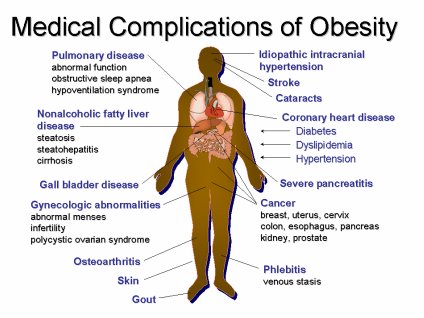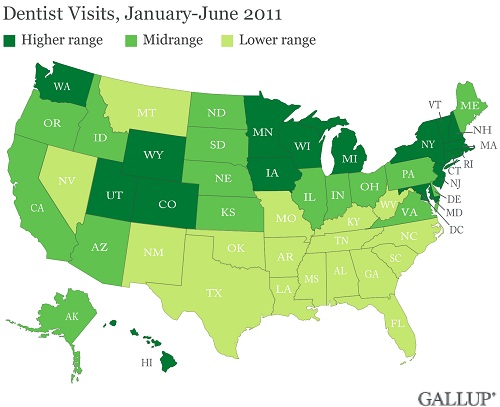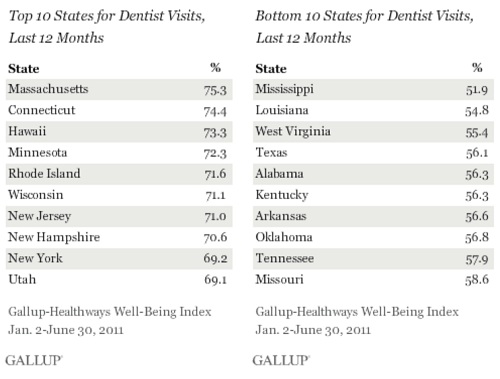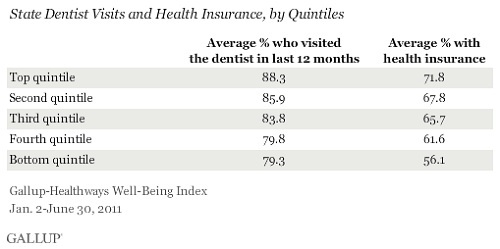Is There an Association Between Body Mass Index and Periodontal Disease?
Posted on
This study evaluated the association between body mass index (BMI) and periodontal condition in a population of Brazilian women. A hospital convenience sample of 594 eligible women was recruited from a women’s health reference center of Belo Horizonte, Brazil. Four groups were formed considering BMI levels: BMI normal group (n = 352), overweight (n = 54), obesity level I (n = 48), obesity level II (n = 56), and obesity level III (n = 74). Full-mouth periodontal examination was performed and biological, demographic, and behavioral risk variables were evaluated. Obese and overweight women showed statistically significant differences in bleeding on probing, probing depth and clinical attachment level ≥4 mm, and frequency of periodontitis (p < 0.05) compared to women showing normal BMI. The final multivariate model for the occurrence of periodontitis revealed that obesity groups were significantly associated with periodontitis. In addition, age (25-45), smoking, diabetes, and hypertension remained significantly associated with the occurrence of periodontitis (p < 0.05). Periodontitis was positively associated with obesity, and this association was more evident as obesity levels increases. These findings indicate the need for early diagnosis and the inclusion of periodontal care in health care programs for obese women.
Periodontal disease is looking like another complication related to obesity.
So, please, watch your diet and exercise regularly.
Your body will really thank you for your diligence.







